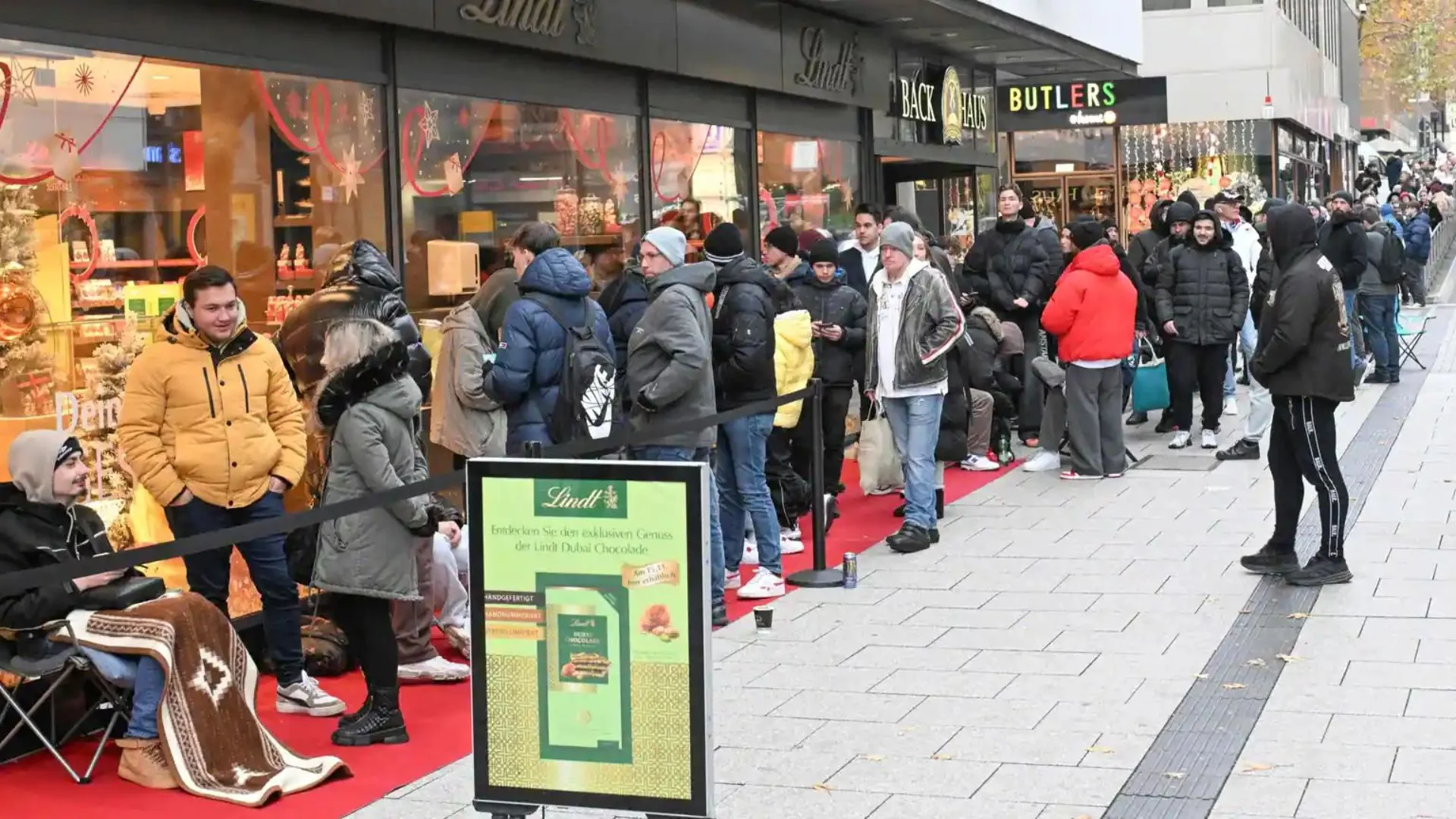
Due to bad weather, tomato prices in India are skyrocketing, sparking a flood of social media memes linking the cost of the crucial ingredient to anything from petrol to political influence.
Heavy rains in some growing areas and hotter-than-normal temperatures last month reduced crop output, prompting prices to rise fivefold this year. Tomatoes typically become more expensive during the lean production months of June and July, but the impact has been magnified this year.
Tomatoes and onions are so emotionally charged in the world’s most populated country that price increases can spark protests. Indeed, numerous dominant political parties in India lost elections as a result of their inability to manage the price of onions, which, like tomatoes, are a key component of many meals.
Tomato-related memes are trending on Indian social media. One depicts tomatoes sprinting ahead of gasoline and diesel, while another advertises a free iPhone with every kilogram of tomatoes purchased. A YouTube video suggested that buying politicians was cheaper than buying tomatoes, referring to a key opposition leader and other parliamentarians joining the ruling alliance in Maharashtra, India’s wealthiest state run by Prime Minister Narendra Modi’s Bharatiya Janata Party.
According to food ministry data, the retail price of tomatoes in New Delhi on Thursday was 120 rupees ($1.45) per kilogram, up from 22 rupees at the start of 2023. In the capital, petrol was selling for roughly 96 rupees per liter.
According to Bloomberg Economist Abhishek Gupta, food inflation in India likely climbed to 4% year on year in June from 3.3% in May. According to accessible daily price data, this projection is based on strong increases in tomato, pulse, and rice prices.
The price increase has even fueled crime. According to the Hindustan Times, a farmer in the southern state of Karnataka reported the theft of 150,000 rupees in tomatoes.
Tomato prices normally climb between June-July and then again in October-November due to low production seasons in major growing areas, according to Rohit Kumar Singh, the chief official at the food ministry’s consumers relations department.
“We call this seasonality in commodity prices,” he explained. “Prices will begin to fall when harvesting begins in August.” Southern and western states, which account for over 60% of total tomato production in India, transfer their excess crop to other markets in India depending on the season.
As the federal government seeks a long-term solution, it is soliciting public input to create cost-effective technology and ensure tomatoes are supplied at reasonable costs.















